1) Personal Essentials: Skincare products like face wash, moisturizer, sunscreen, lip balm, body lotion, hydrating masks, and other skincare items. Since the journey from Lhasa to Mount Kailash is quite long by car, consider bringing a neck pillow for added comfort during the ride. Also, having a thermal flask ensures you have access to hot water whenever needed.
2) Basic Medications: Plasters, motion sickness pills, cold medicine, stomach meds, anti-inflammatory drugs, eye drops, altitude sickness medication, and other commonly used medications should be carried along for any immediate needs. (Always follow medical advice and avoid excessive use of medications.)
3) Electronic Gadgets: Depending on personal preferences, bring your phone, camera, headphones, and their chargers and power banks.
4) A Small Amount of Cash and Bank Cards: Even though mobile payment methods are becoming more common in Tibet, some places might still require cash. It's advisable to carry a small amount of cash and at least one bank card.

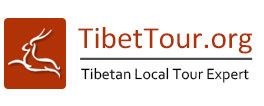















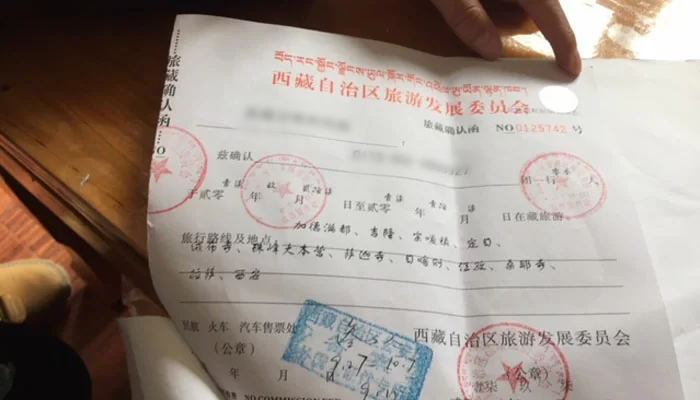










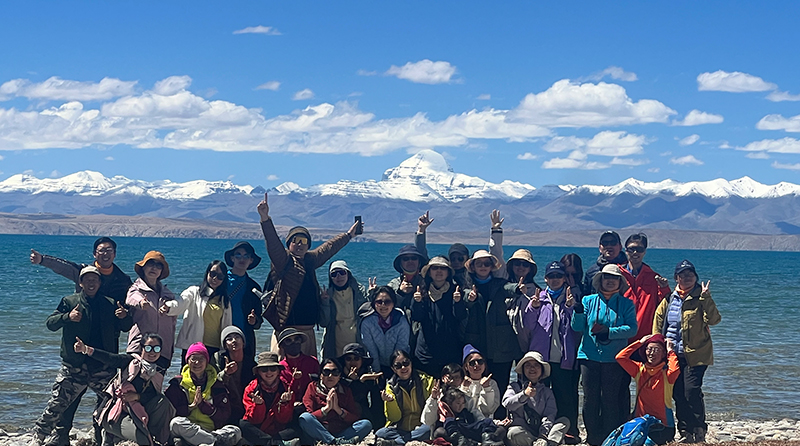
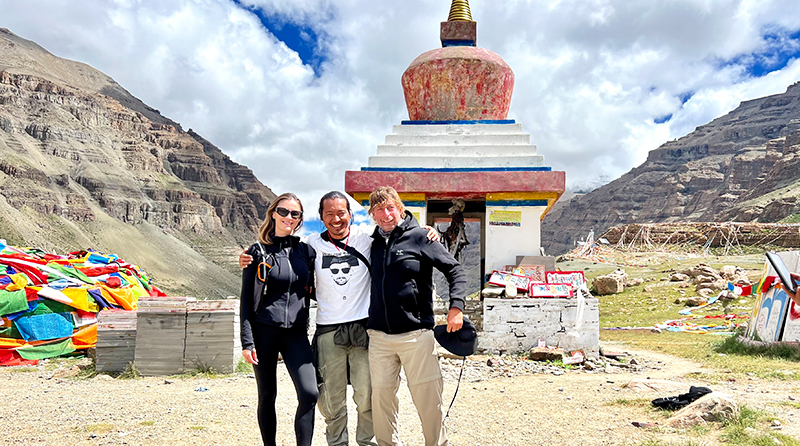
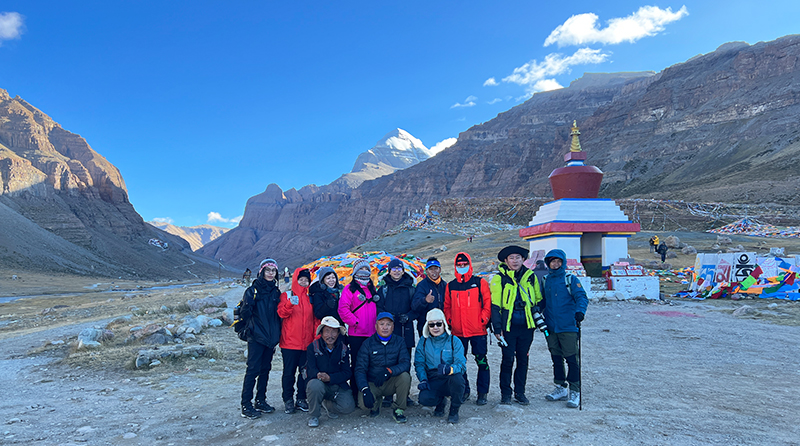
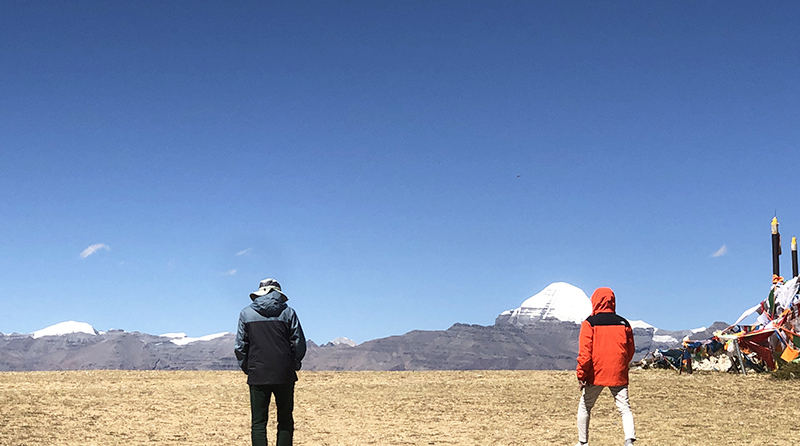
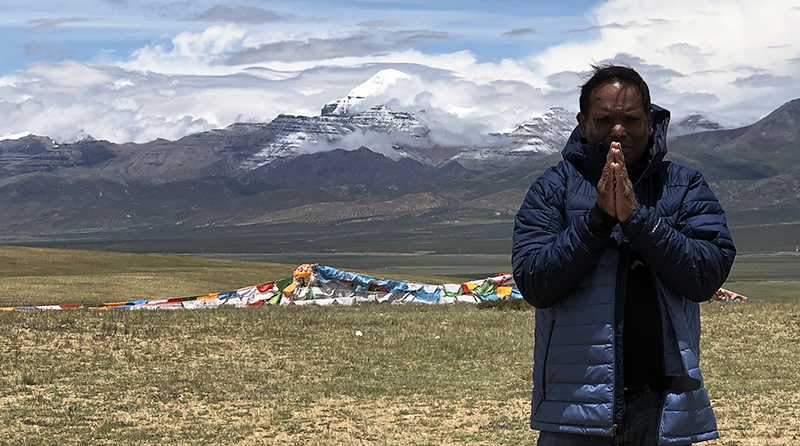
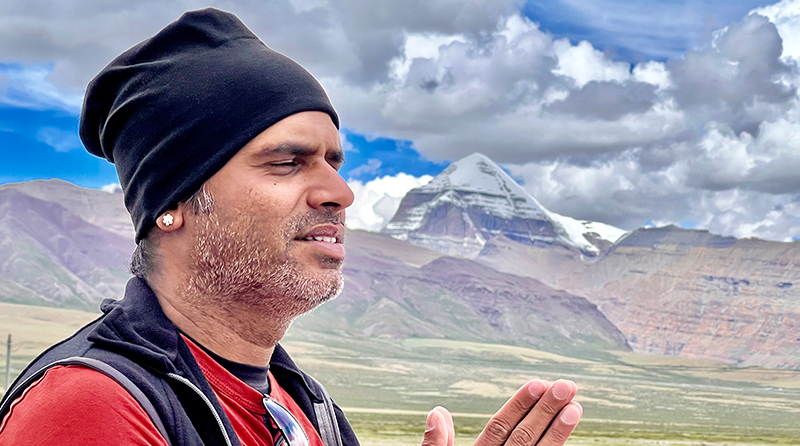
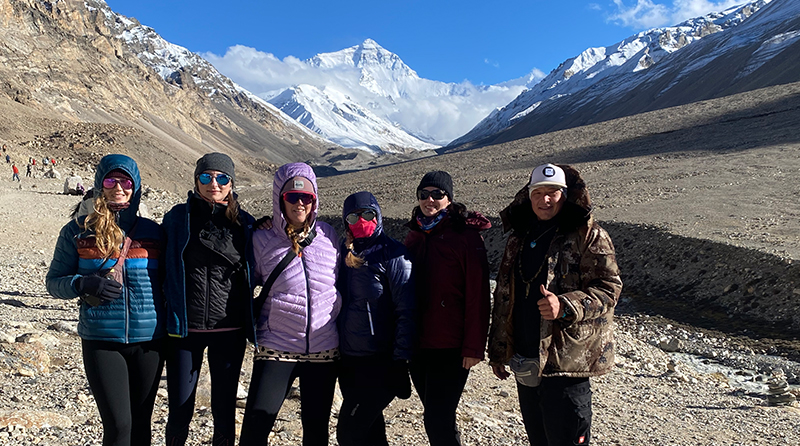
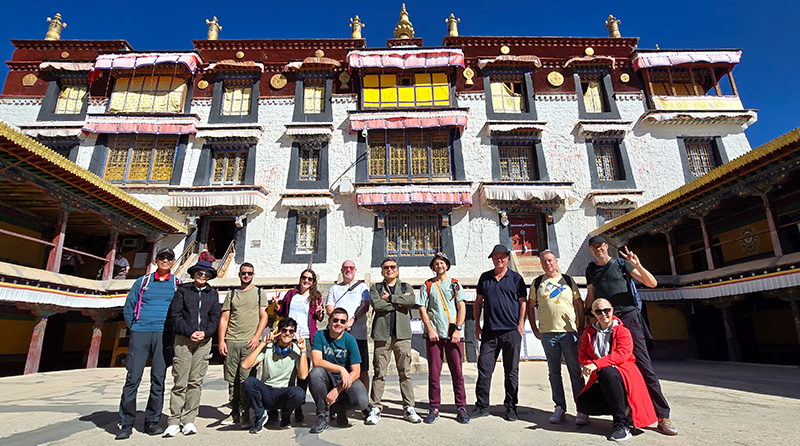
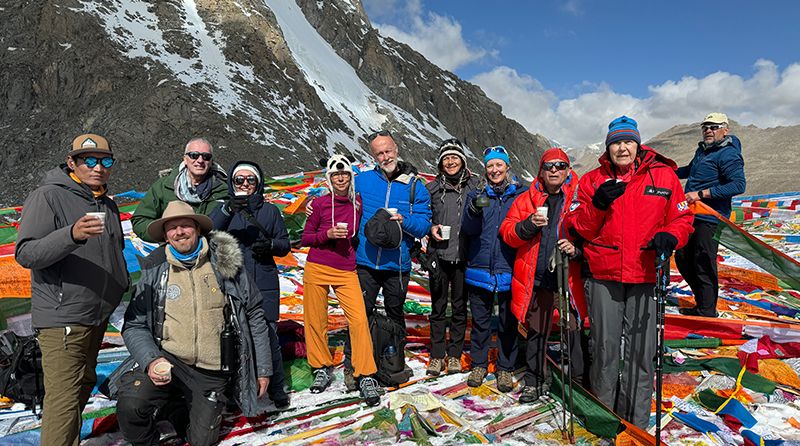
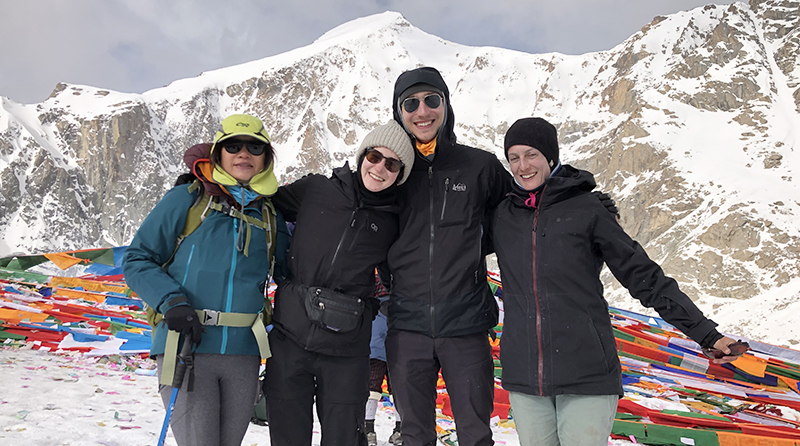
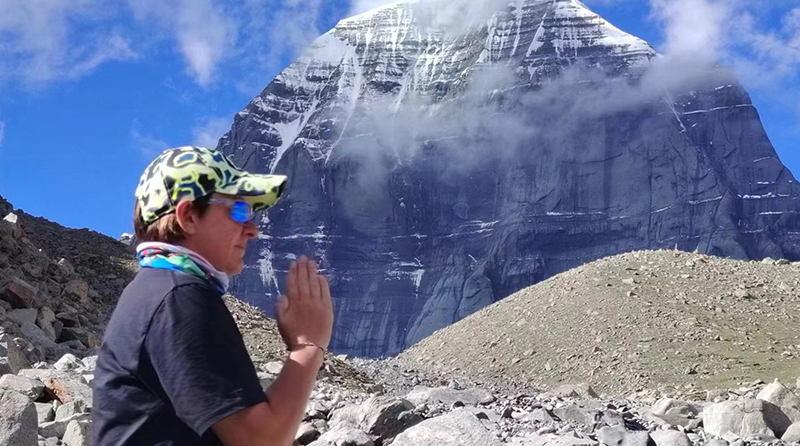
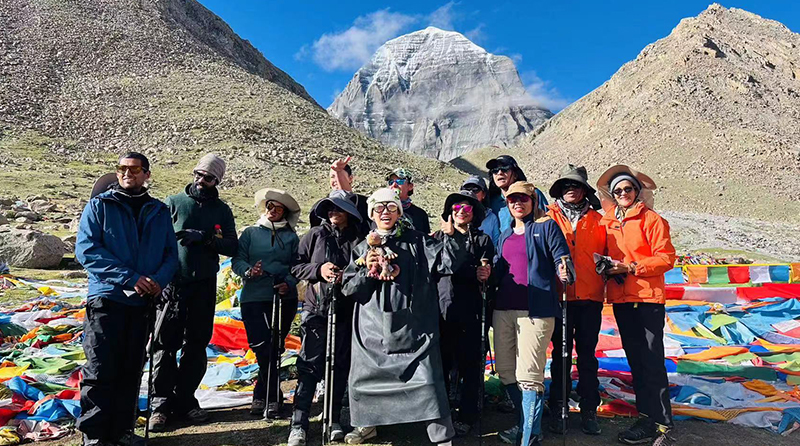




.jpg)






































.jpg)
